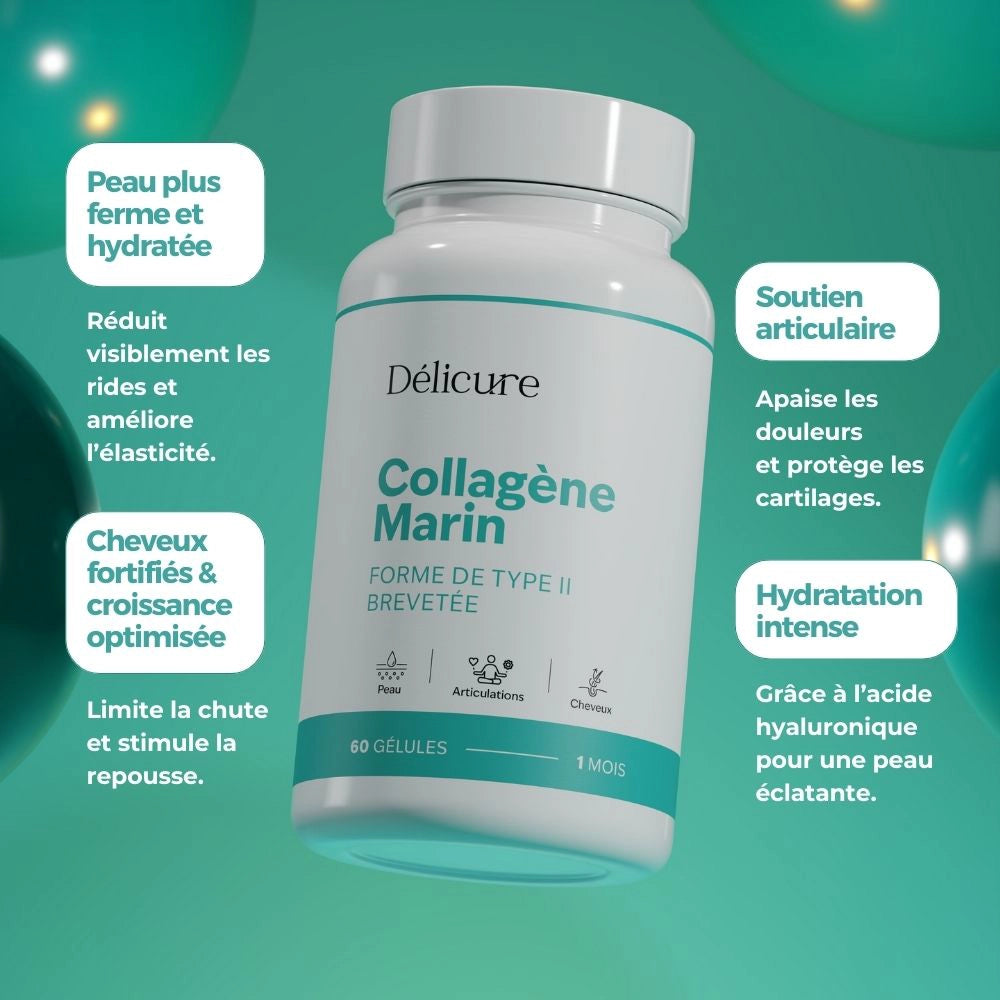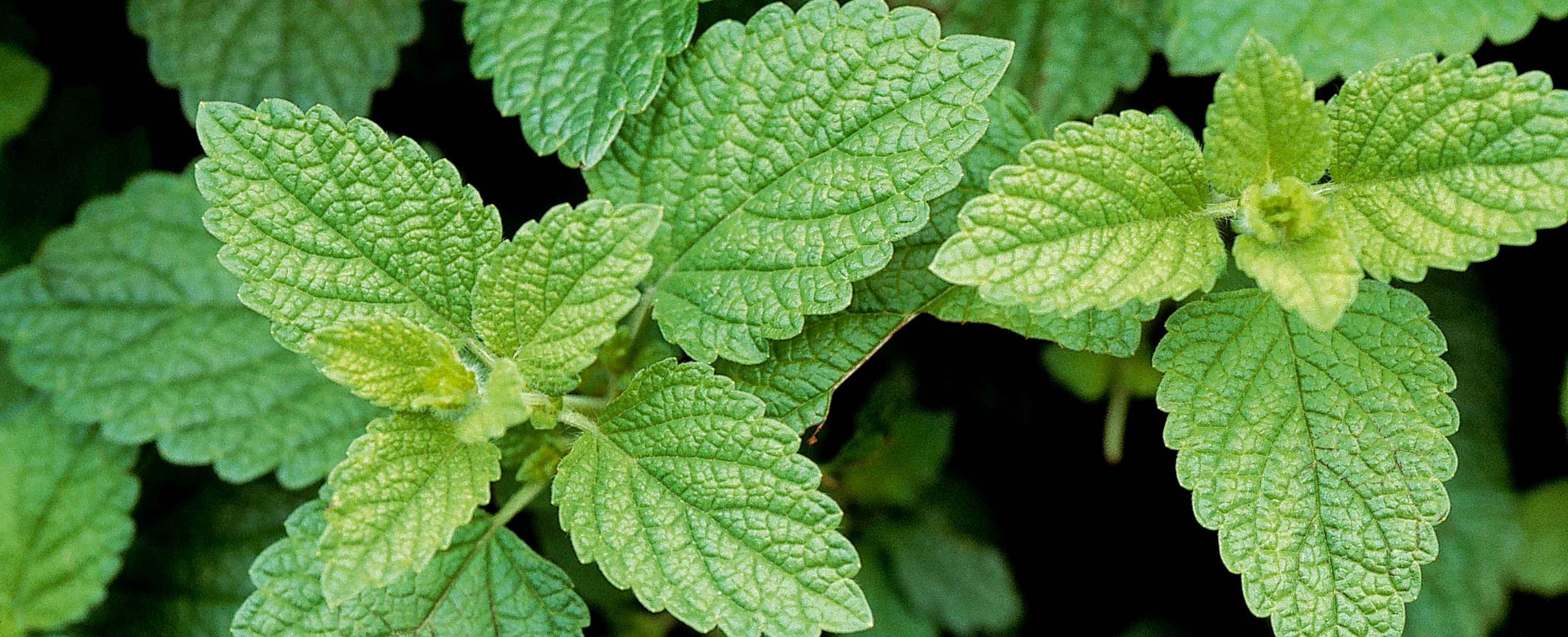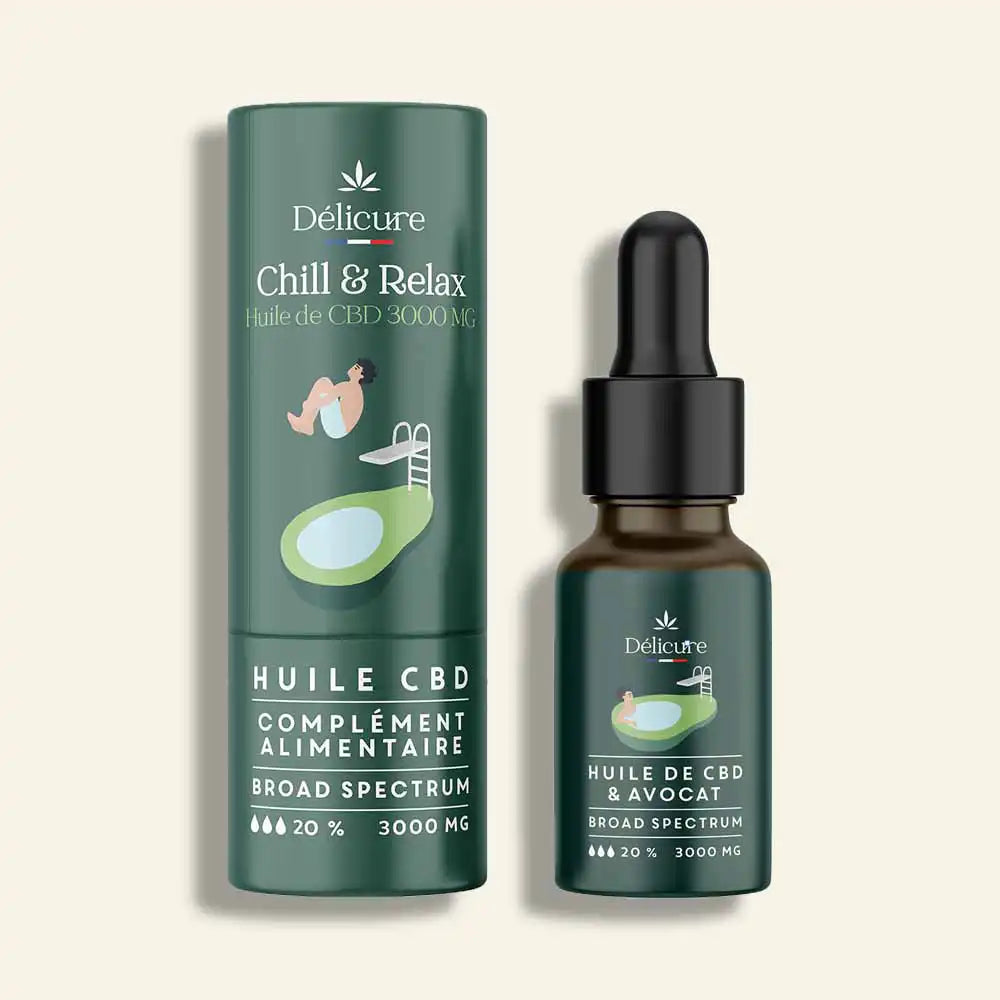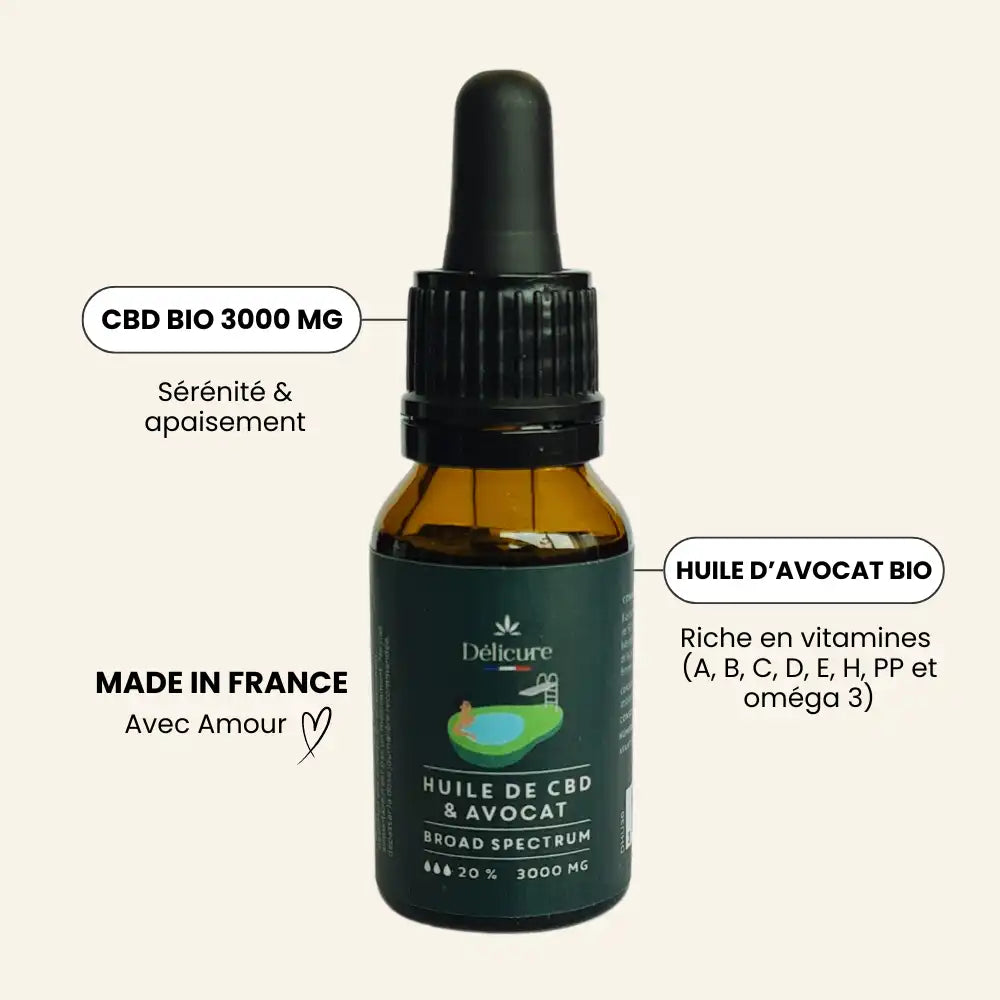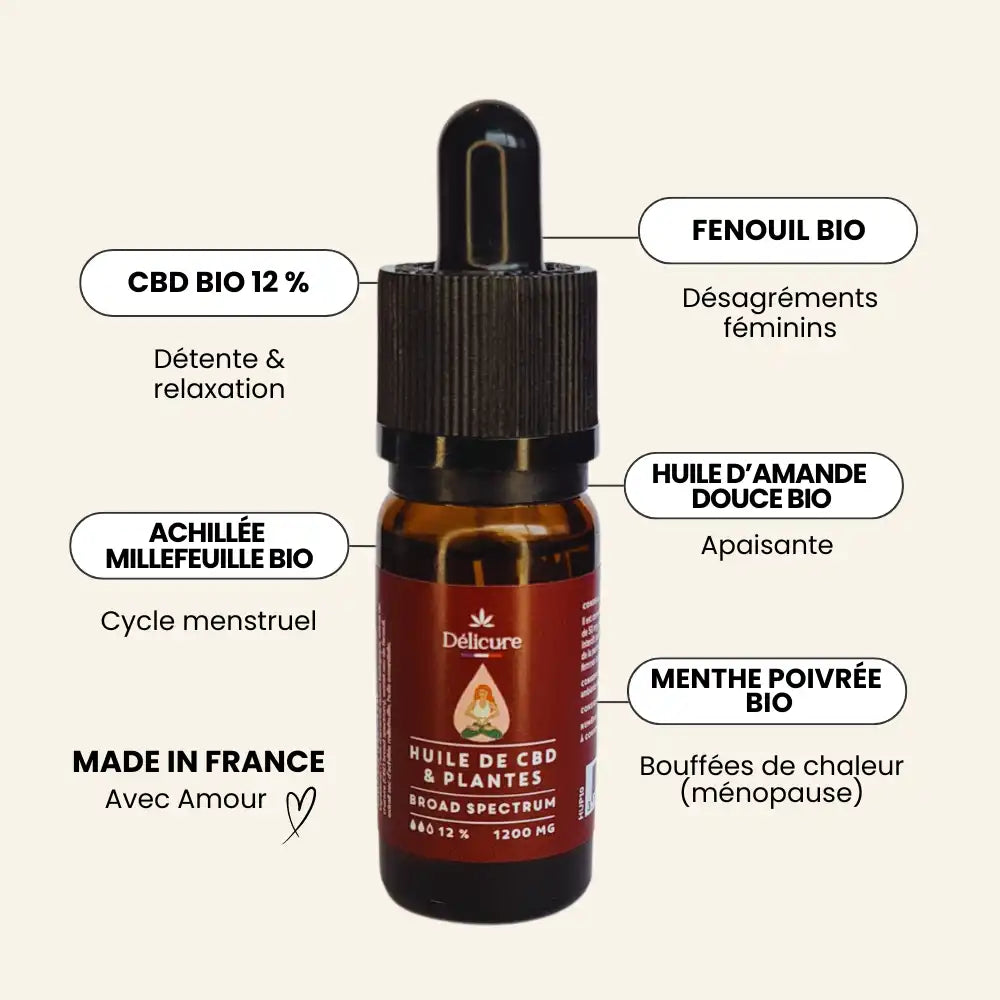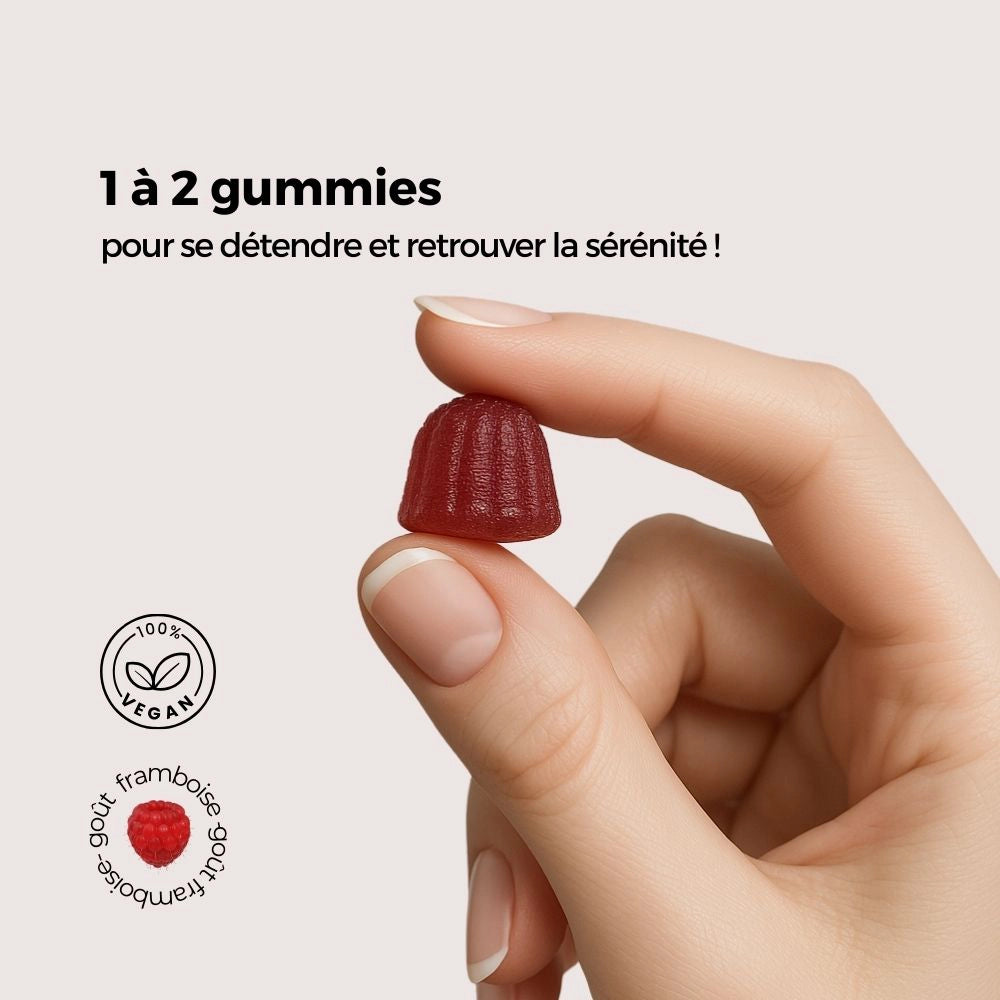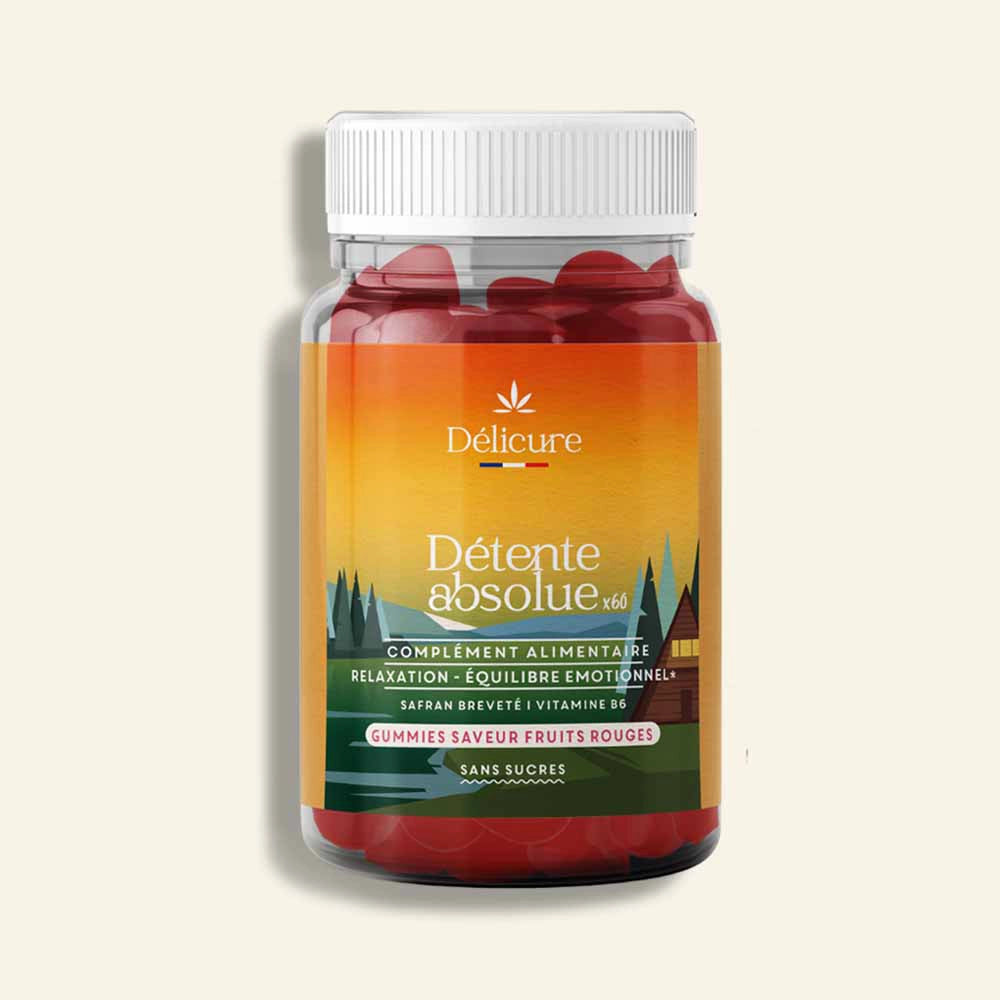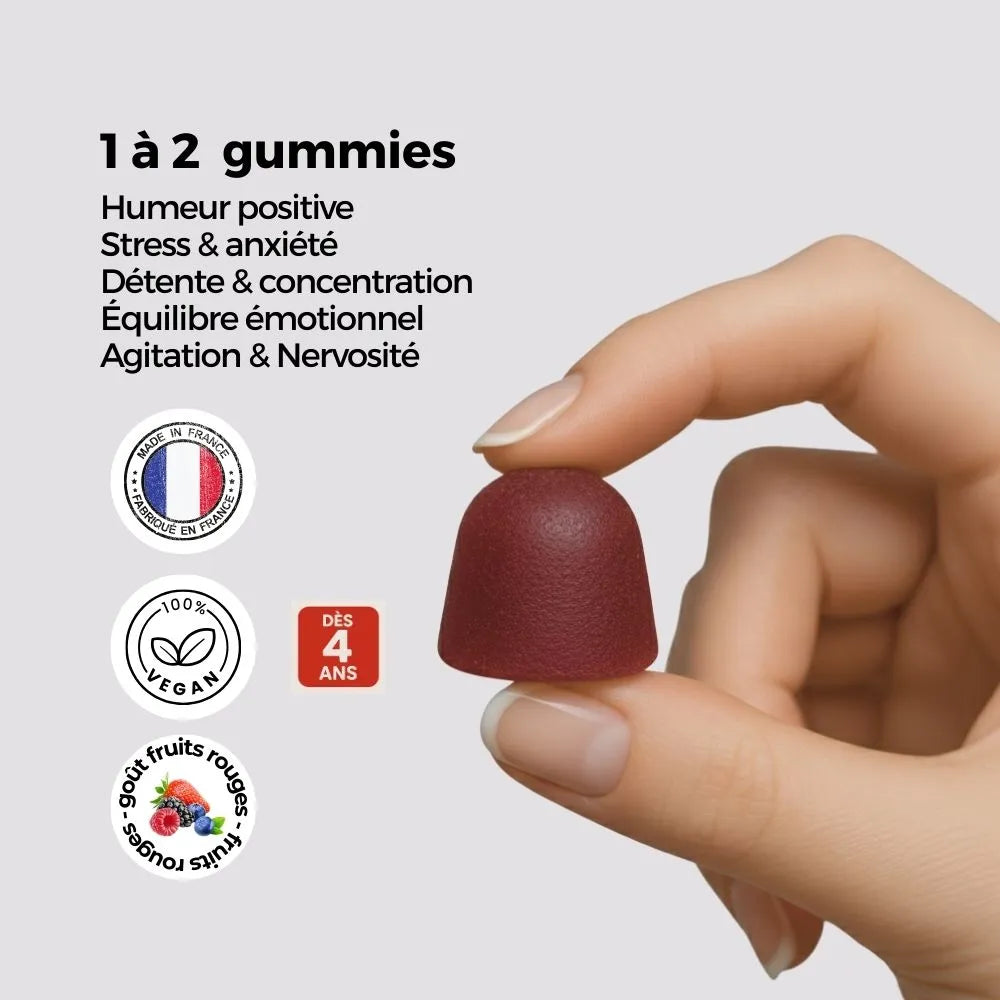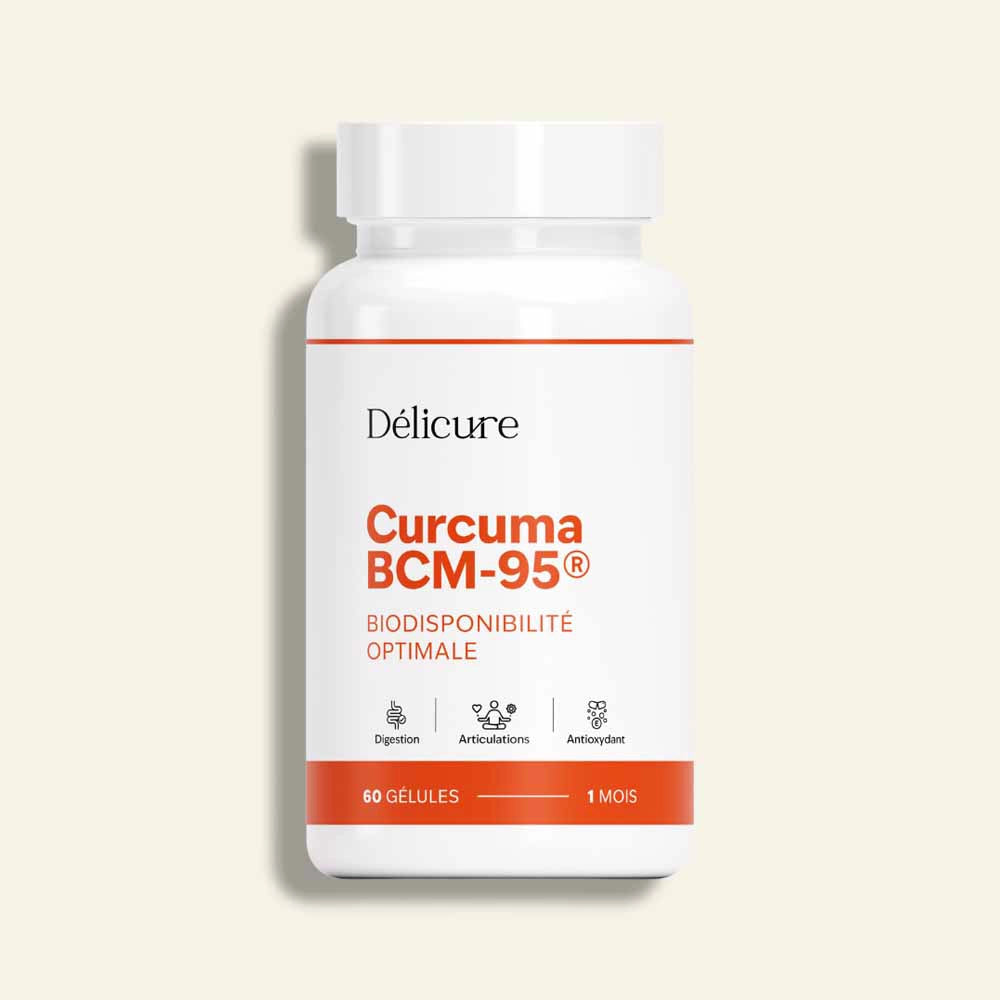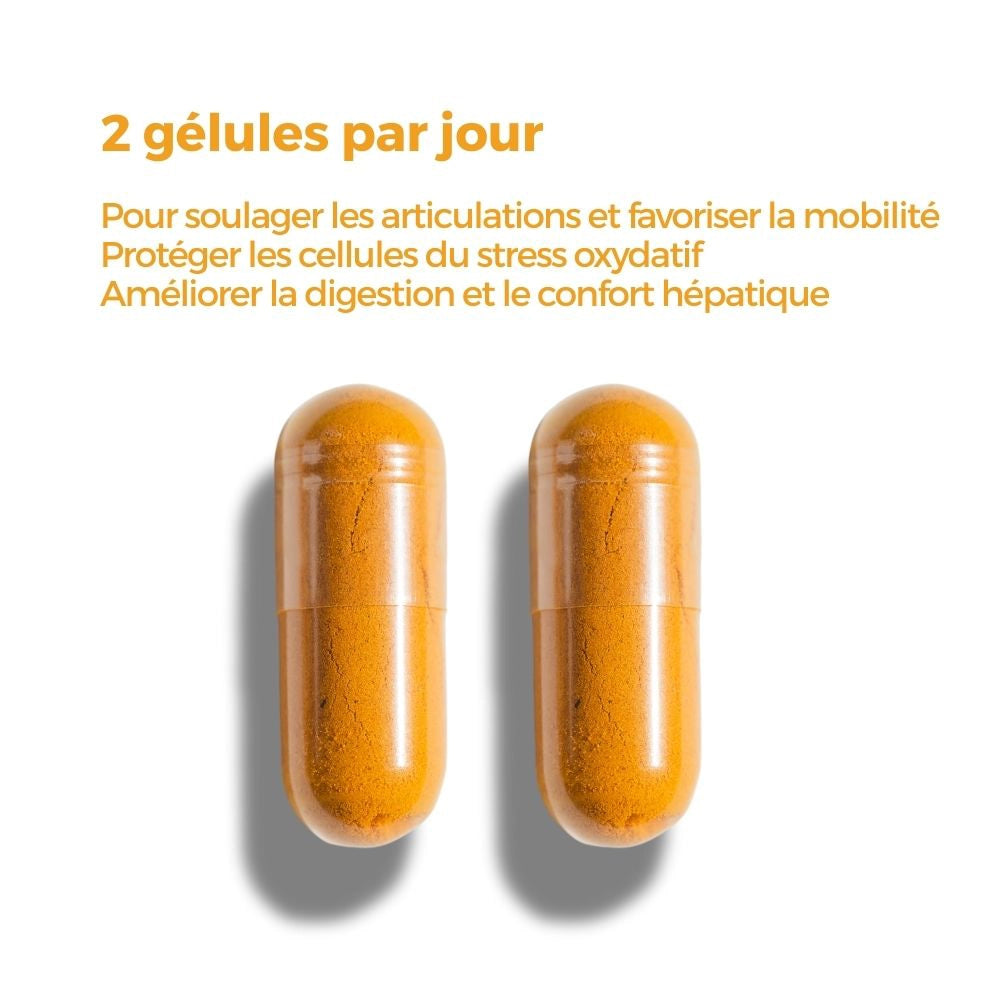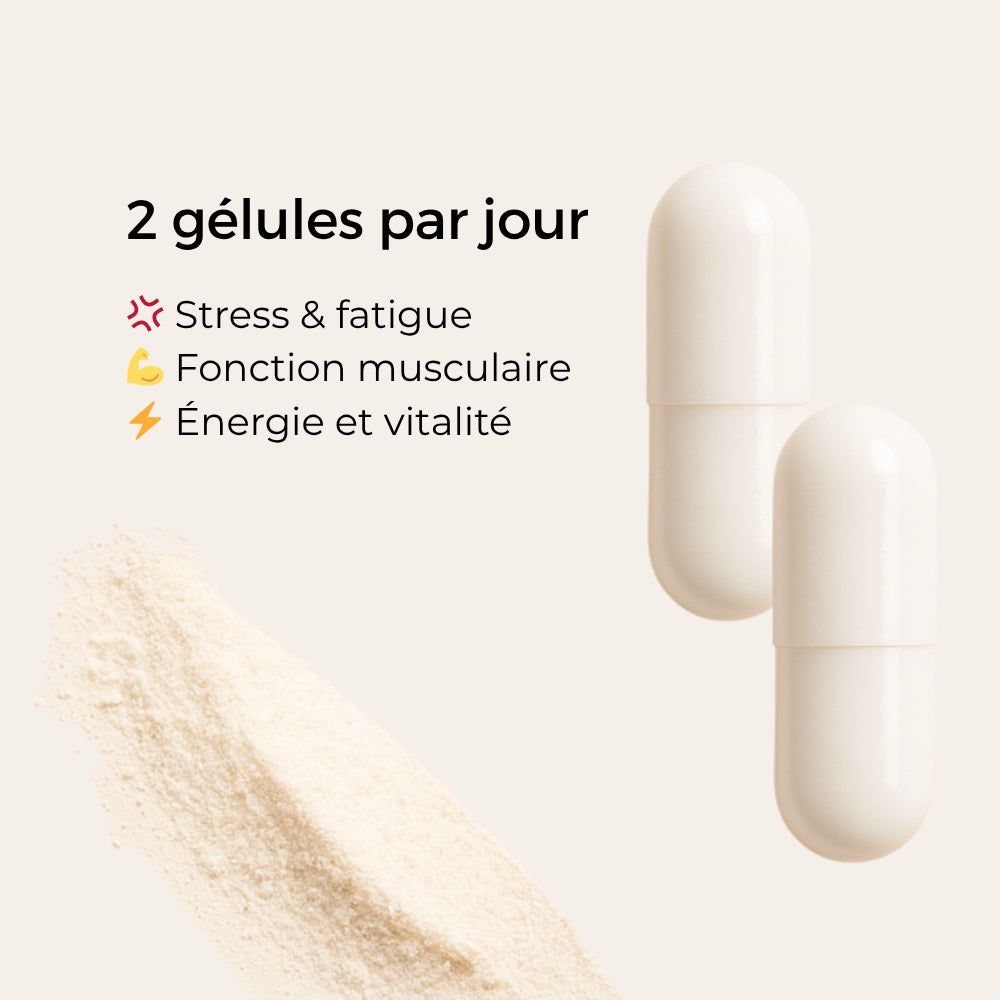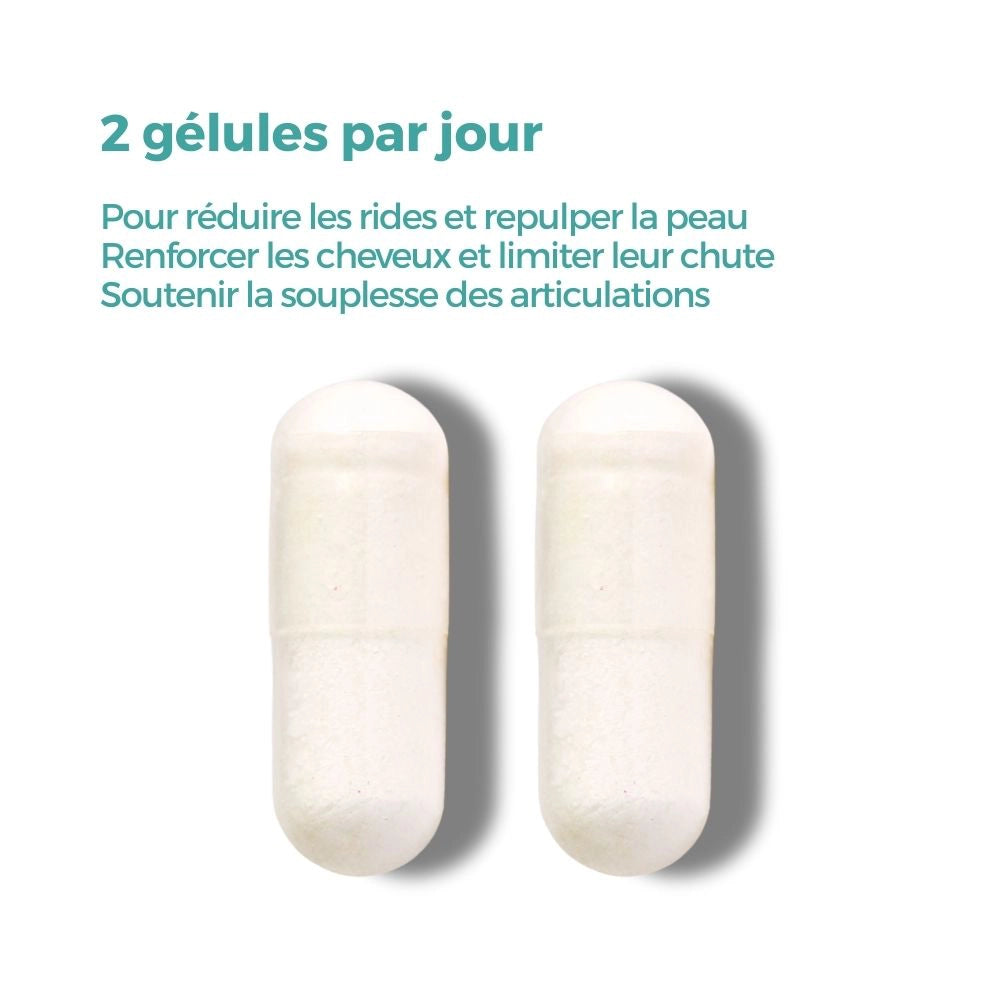
How to treat onycholysis?
Onycholysis, or "nail detachment," is a common reason for consultation. Often painless, it can be caused by clumsiness with your nails, a skin condition, or even taking certain medications.
To prevent onycholysis and maintain healthy nails, it is very important to take care of them. Indeed, nails fulfill various functions in daily life and are a reflection of overall health.
What is a nail made of?
Nails are made primarily ofkeratin , and are divided into three distinct parts:
- The nail plate : This is a horny plate made up of three overlapping layers of keratin. The lower layer is softer and is attached to the nail bed.
- The nail bed : this is a pink-colored surface of the skin on which the nail plate is placed. Only the end of the plate, also called the "free edge," is detached. The nail bed is pink in color due to its high vascularity. Its color shows through the nail plate, which appears translucent. The nail bed can change color, and become white or slightly bluish depending on various environmental and physical factors (shock, traction, pressure, compression). It is surrounded on each side by the epidermis of the nail folds as well as the lateral ridges.
- The matrix : This part is located under the skin at the base of the nail. It produces the keratin necessary for nail formation and ensures the growth of the nail plate. There is also the lunula, a white area located at the base of the nail plate, which represents the extension of the matrix.
The nail matrix is vascularized and innervated and is constantly connected to the rest of the body. The quality of keratin reflects the overall health and the structures that maintain the nail apparatus.
What is onycholysis?
Onycholysis is a condition that gradually causes partial or total detachment of the nail.
The nail detaches from the nail bed, a surface of skin located on the last phalanges of the fingers and toes, on which it rests and grows.
The detachment begins at the tip of the nail (the white part of the nail that is cut regularly), and can reach the matrix, which leads to complete detachment of the nail.
In some cases, onycholysis can cause the nail to fall off.
What are the symptoms of onycholysis?
When you suffer from onycholysis, your nails flake and lift from the top. They gradually detach from the nail bed.
It is also possible for the nail to change color and become pinkish, whitish, or yellow. Depending on the cause of onycholysis, the nail may also be brown or greenish.
Be careful, however, not to confuse onycholosis with onychomycosis (or nail fungus). The symptoms of this infection are as follows:
- A thickening of the nail;
- Discoloration of the nail (yellowish or whitish coloring);
- A weakening of the nail which becomes more fragile and brittle;
- Possible detachment of the nail;
- Pain or discomfort;
- A split or cracked nail.
What causes onycholysis?
Various mechanical, inflammatory or infectious causes can cause onycholysis:
- Repeated trauma or shock (wearing shoes that are too tight, finger caught in a door, manual activity, etc.);
- Aggressive or excessive cleaning of nails;
- A vitamin deficiency;
- Exposure to chemicals found in cleaning agents, manicure/pedicure products, or citrus fruits;
- A dermatological disease such as eczema or psoriasis (chronic inflammation of the skin);
- Taking antibiotic drugs (particularly tetracyclines) and molecules intended to reduce or suppress immune capacities;
- Sun exposure after taking certain medications (including doxycycline, vandetanib, psoralens, and fluoroquinolones). This condition is called “photoonycholysis.”
- Onychomycosis, a fungal infection of the nails.
- Thyrotoxicosis, a thyroid condition.

How to treat onycholysis?
To heal from onycholysis and regain healthy nails , a new nail must replace the old one. It can take four to six months for fingernails to grow back, and eight to twelve months for toenails.
If you experience any suggestive symptoms, it is recommended to consult a dermatologist who will determine the cause of onycholysis by examining the nails. They may also take a tissue sample from under the nail to check for fungus, yeast, or other infections. They may also order a blood test to check for nutritional deficiencies.
When diagnosing your nails, it's also important to inform your doctor if you have a history of psoriasis or other skin problems. Psoriasis can cause onycholysis. Its main symptoms include red or silvery patches on the skin, itching, burning, skin pain, and dry, cracked skin.
1- Take a corticosteroid treatment
First, onycholysis can be treated with topical corticosteroid therapy. This is a corticosteroid-based treatment that must be applied to the nail pulp of the infected nail.
During treatment, loose nails should be trimmed frequently to prevent traction and maceration under the nail. Nails separated from their nail bed are more vulnerable to injury.
In addition, do not pick your nails, as this could cause them to peel off.
If the onycholysis is repetitive, a molded orthoplasty (device that corrects deficient function or deformation of one or more toes) may be considered.
2- Do an antifungal treatment
If the cause of onycholysis is fungal, antifungal treatment is necessary. This treatment is administered orally for a period of 6 to 24 weeks, until a healthy nail grows back.
A cream can also be applied to the affected nail. A topical antifungal is often not sufficient. Nail fungus takes a long time to treat, and topical treatments are not always sufficient if the infection is deep.
3- Take food supplements
The Cartidyss® marine collagen contained in our collagen capsules represents a particularly interesting solution for combating onycholysis thanks to its unique composition combining highly bioavailable type II marine collagen peptides and glycosaminoglycans such as chondroitin, glucosamine and hyaluronic acid.
Thanks to its low molecular weight, less than 3000 Da, Cartidyss® benefits from optimal assimilation, allowing effective action even at low doses (500 to 1000 mg per day). Clinical studies have highlighted its remarkable effectiveness on nails, strengthening their hardness, reducing their breakage, and stimulating their growth. This effect is due to its ability to preserve and restore the extracellular matrix thanks to the stimulation of the synthesis of collagen and hyaluronic acid, while limiting the inflammatory and oxidative processes that deteriorate the health of the appendages.
Thus, regular supplementation with Cartidyss® for at least 90 days not only significantly improves the quality and strength of nails, but also helps to restore their structural integrity and prevent recurrence of onycholysis.
How to prevent onycholysis?
To prevent onycholysis and maintain healthy nails , particularly during treatment, there are a few simple and effective steps to take every day:
- Avoid contact with water, wearing gloves when carrying out manual activities or work in contact with water;
- Wear properly fitted, waterproof shoes during heavy rain. Shoes that are too small can cause nail deformities. Additionally, wet feet can cause toenail fungus, which can lead to onycholysis.
- Keep the nail dry to prevent the development of fungal infections;
- Apply antifungal lotions to the nail to prevent infections;
- Trim loose nails to avoid pulling and prevent the nail from drying out;
- Avoid contact with cosmetic or chemical products that may weaken nails;
- Monitor the appearance of your nails (their strength, their color, etc.) and consult a doctor quickly if they are damaged ;
- Have a healthy and balanced diet and a healthy lifestyle;
- Take care of your nails by using natural treatments based on vegetable oils , which are just as effective for hair.
- Trim your nails regularly to keep them short and neat. Short nails are less prone to trauma and injury. To do this, choose a clean nail clipper and ideally an emery board to smooth their edges.
Moisture and bacteria accumulate more easily under long nails, creating a greater risk of onycholysis.


